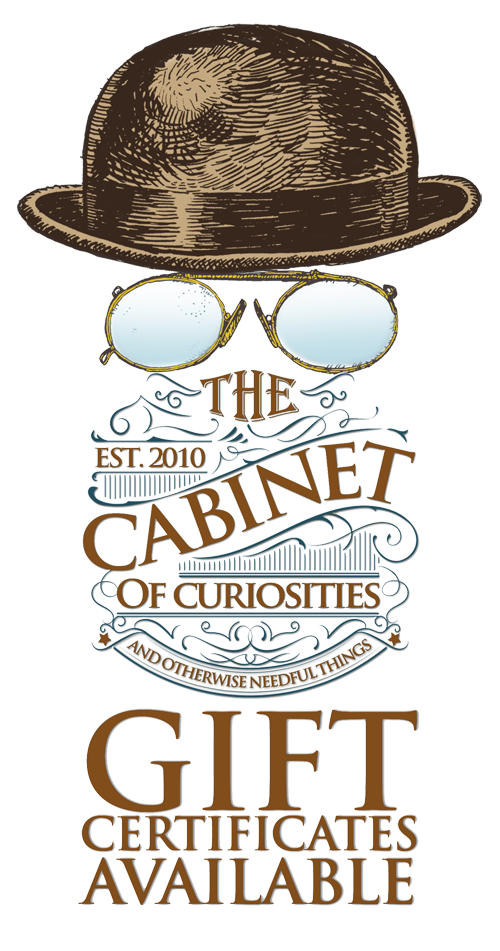When it comes to collecting antiques and oddities one can never predict the ebb and flow of the market. What was hot yesterday is old news and undesirable today and things that were meaningless a few years ago have suddenly become all the rage. One field of collecting that seems to be holding its own is taxidermy. Granted we don’t get a lot of taxidermy pieces into our little shop, but when we do they don’t last long. Recently we had a mongoose, a couple of owls and a few other pieces and they just flew off the shelf. Taxidermy has come a long way since the Victorian era when it gained an unprecedented popularity. It was used frequently in great interior design, and was a symbol of wealth. Back in the day Victorian naturalists did not have binoculars or cameras and often times their only method for identifying a species was to shoot it and examine it later. By the 18th century almost every town had its only tannery and taxidermy set up. Customers could bring in animals and hides to literally have them “stuffed” with cloths and rags. By the 20th century taxidermists were considered artists-bringing life to the dead by posing and creating realistic settings to display their pieces.
Fast forward to present day where taxidermy has taken on a whole new life of its own. Now before you read on we’ve got to warn you that what your about to read just might creep you out a wee bit; but if you’ve ever had a pet or are a full blown pet/animal lover it may not seem so strange. One of the fastest growing areas of taxidermy involves preserving our beloved pets. That’s right, time to say goodbye to a room full elk, deer, moose and buffalo heads and time to make room for our beloved Rover, Whitey, Brutus and Fluffy.
For those not too creeped out by the notion check out the following the story of this Missouri based taxidermist who has a 2-month waiting list from pet lovers across the USA.


